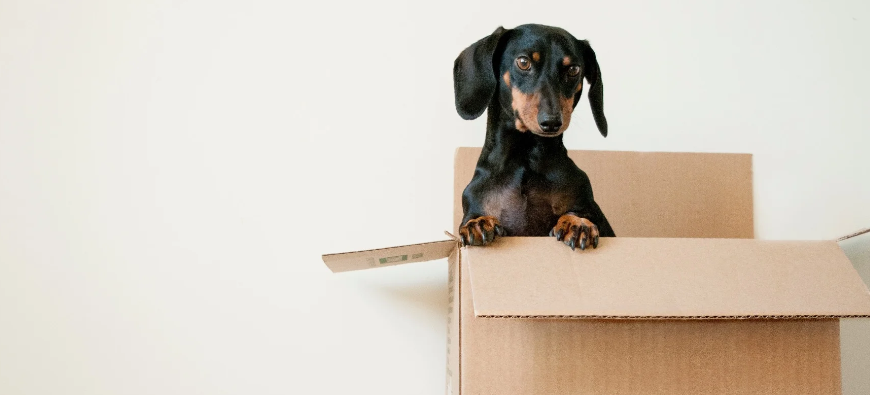Corrugated vs. Cardboard Boxes: What’s the Difference?
If you pay attention, you’ll find corrugated and cardboard boxes or materials just about everywhere. Companies far and wide use these materials to package and ship their items, meaning households across the nation bring them into their homes on a regular basis. But just because these commonplace protective packaging tools have almost certainly been in your hands and your home, do you actually understand the important differences between the two?
A Common Misconception
If you’ve ever assumed that cardboard boxes and corrugated boxes are different words for the same material, you’re far from alone. You’re also not alone if you’ve never even heard the term corrugated before.
Many people who don’t regularly ship items or who don’t work with packaging materials have only ever heard of cardboard boxes. Because of this, they tend to assume that any material that looks like their idea of cardboard must be just that – cardboard. This is an understandable and common misconception, but in most cases, a larger brown box used to package or ship goods is usually made from corrugated material. Let’s take a look at both corrugated and cardboard boxes to understand what they actually are.
What are Cardboard Boxes?
Of the two materials, cardboard is more commonly known and many people believe that it is a catch-all term for any heavy paper-based packaging substance. However, there are some important and easy ways to recognize actual cardboard products. Cardboard is made from a thick paper stock or paper pulp and includes only one layer. You’ll generally see it used to package lightweight or small items. Common uses for cardboard include cereal boxes, structural support, or as a liner for something like a notepad or an insert in clothing to help it keep its shape.
What are Corrugated Boxes?
While you may refer to the boxes that hold your online purchases as cardboard, you’ll almost always receive your internet shopping in a corrugated box. Unlike their cardboard compatriots, corrugated boxes consist of multiple layers of material. The most basic corrugation features two sheets of linerboard with corrugated flutes in between, and you can add on extra layers of both to make the material even more durable. The flutes look a little bit like waves and are an easy way to identify a corrugated box or sheet.
Common Uses for Both
Though these two packaging materials do have many similarities, their uses can differ greatly. Because it is thinner and more lightweight, cardboard is effective as the primary packaging for small or similarly lightweight goods, such as dry foods, paper products, or clothing. It’s important to note that if cardboard boxes are used for shipping these items, they will almost certainly require extra protective materials like void fill act as extra security. Another advantage to cardboard is that it is easy to print on, which is another reason that it is commonly used as primary packaging.
On the other hand, corrugated boxes are also relatively lightweight, but are much more durable than cardboard. This makes them the ideal choice for shipping, especially for ecommerce businesses that utilize the services of freight companies like UPS or FedEx. Corrugated boxes are better at absorbing the impacts and shocks that come along with all shipping and handling processes, thanks to the air pockets created by the flutes and the extra layers of material that go into their construction.
Corrugated Boxes for Ecommerce
In the modern world, it seems that pretty much every business needs to ship their goods at some point. For ecommerce businesses, this is an everyday reality. No matter what kind of products they sell, online-only companies must be able to effectively and safely ship directly to customers. This means that the products must arrive in original condition, unharmed, and in perfect working order. For this to happen most often, corrugated boxes are the way to go. They offer the most protection at the best price and are available in a wide variety of sizes and styles. Additionally, they can even be filled with the extra protection of void fill that’s also made from corrugated material, as well as corrugated sheets, pads, and liners.
The Choice is Yours
Both corrugated and cardboard boxes offer a range of advantages that can’t be ignored. Ultimately, all you need to do is examine your own specific needs to decide which is most appropriate for your business. Better yet, because they provide unique benefits, you can always use one for certain applications and the other for the rest.

